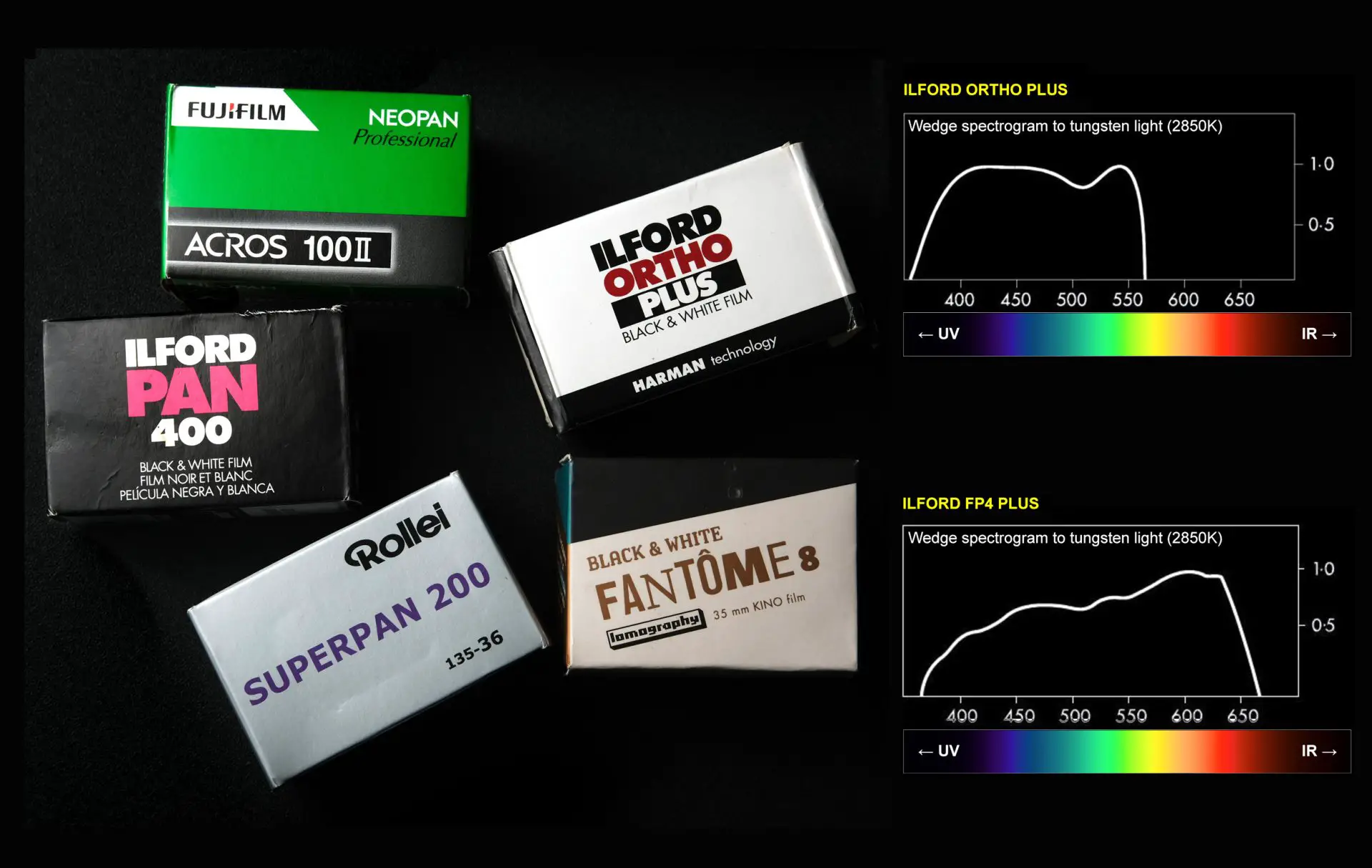Godfrey
somewhat colored
UV filters used to be very important with B&W film, particularly at high altitudes, because B&W film up until the late 1960s was overly sensitive to the blue-ultraviolet end of the spectrum. UV scatter, particularly at high altitudes, creates a "haze" in the image, the UV filter took out most of that UV.
More modern B&W emulsions, since about 1968, are much less sensitive to UV so the UV filter is really little different from a clear glass filter now. The film just can't record the UV very much anymore, so the UV haze isn't real ... It's mostly in our minds. 😉
Most digital camera sensors aren't sensitive to UV at all, so a UV filter really does next to nothing on them. There are a couple where UV can leak in, but it's rare.
Of course there are other kinds of haze ... mostly caused by particulates in the air (like smoke and other exhaust residues) ... but a UV filter can't do anything to suppress them. 😀
G
More modern B&W emulsions, since about 1968, are much less sensitive to UV so the UV filter is really little different from a clear glass filter now. The film just can't record the UV very much anymore, so the UV haze isn't real ... It's mostly in our minds. 😉
Most digital camera sensors aren't sensitive to UV at all, so a UV filter really does next to nothing on them. There are a couple where UV can leak in, but it's rare.
Of course there are other kinds of haze ... mostly caused by particulates in the air (like smoke and other exhaust residues) ... but a UV filter can't do anything to suppress them. 😀
G


